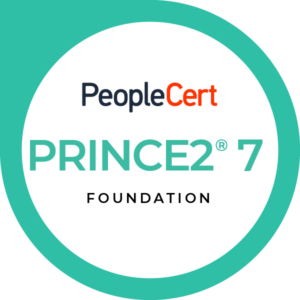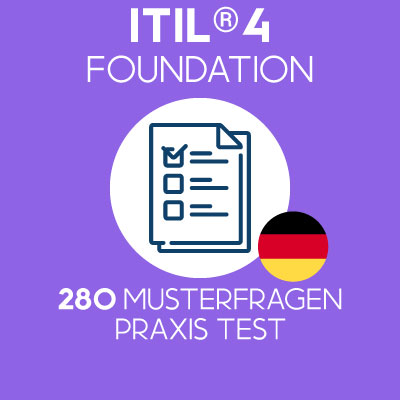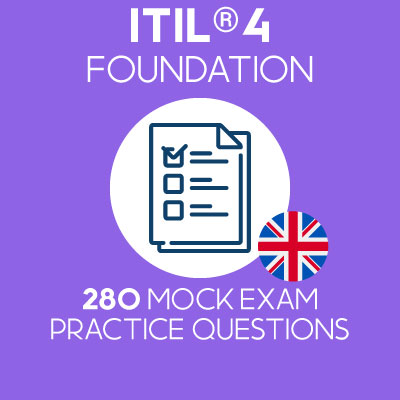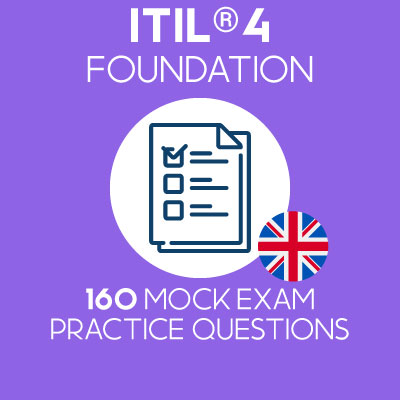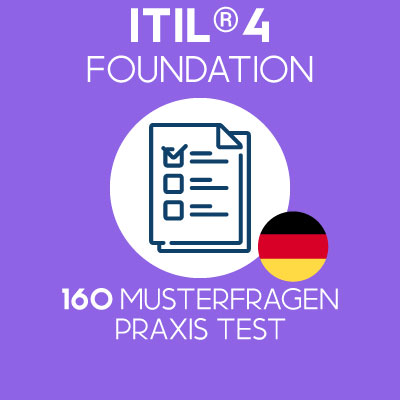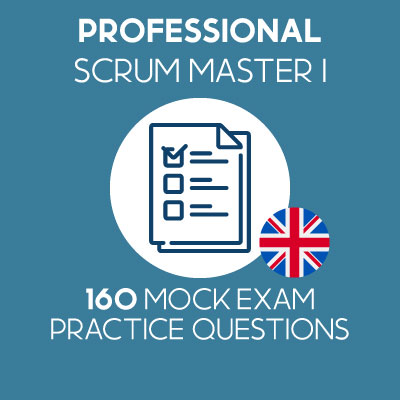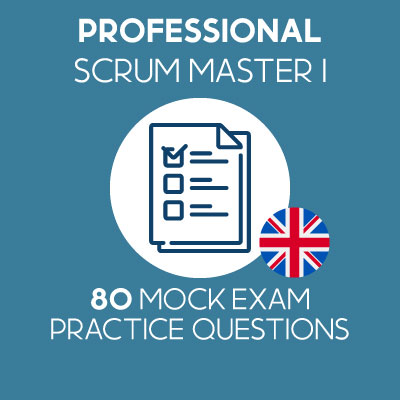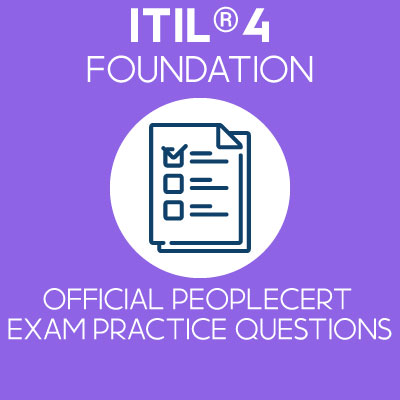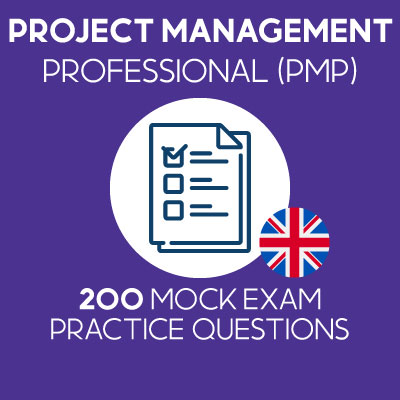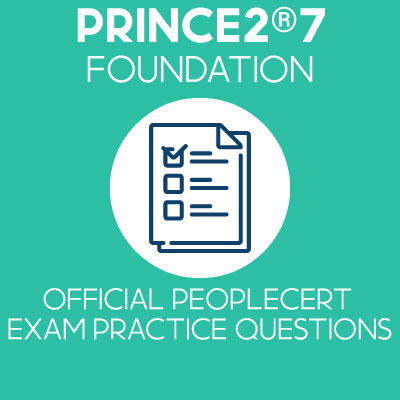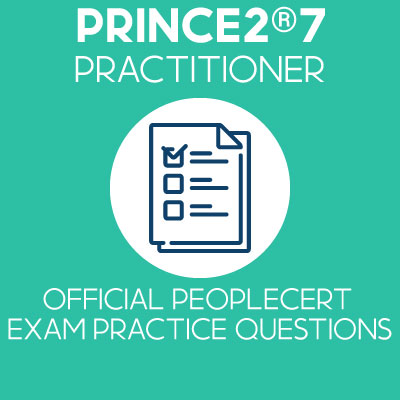Table of Contents
To be or not to be a Scrum Master? That is the question!
So you have heard about this thing called Scrum, have seen people use it or even are part of a Scrum team yourself. And you would like to go a step further by working as a Scrum Master. But how do you become one actually?
Essentially, anyone with an interest in collaborating with people and team work can become a Scrum Master.
Some of the attributes to work as a Scrum Master are:
- Efficient communicator (Explain things in simple terms, getting your point across, making your points heard, convince without forcing)
- Strong people skills (be a good listener, ability to relate with other human beings, understand people’s motivations and team dynamics)
- Leading and coaching capabilities (lead by example, influence without directing, asking the right questions)
- Be process oriented without being overly rigid (guarding of Scrum, understand the why behind the practices, keep practical)
- Being overly curious (in people, processes, people, nature of the work…)
As a Scrum Master, you should look at creating the most efficient working system for your organization. This means that you will look to have your Scrum team(s) deliver the highest value to your organization with its limited resources.
A Scrum Master is accountable for the efficiency of the Scrum team yet is not responsible to manage any of the team members. Hence, Scrum Masters are referred as true leaders who serve the organization.
Being a Scrum Master is a very challenging yet rewarding role and you do not need to have any certificate for that. Some of the best Scrum Masters I know do not even have certifications. They are just amazingly good in getting the best of people and teams.
In order to be recognized by most organizations to work as a Scrum Master though, you will have to go through a certification process. The rest of this article describes just that!
Decide which Scrum Master credentials you would like to acquire
There are many Scrum Masters credentials available on the market – those range from small to large organizations and from specialized (focusing only on Scrum and Agile) to general ones (offering people skills’ development)
The most respectable Scrum Master credentials are the ones delivered by Scrum Alliance, Scrum.org and Scrum Inc. This is because those 3 organizations were created by the co-founders of Scrum: Jeff Sutherland and Ken Schwaber.
For more information on the credentials delivered by those 3 organizations, check Scrum Master credentials: 3 solid choices.
The contents of a Scrum Master training will differ from one provider to another* although they all have Scrum for base. What change between them is the number of practices covered, their in depth coverage as well as the related Scrum studies and team exercises.
*: And in some cases, form one trainer to another
Join and participate in the training
Once you have selected the training that you want and paid for it, it is time to join and enjoy it!
Make sure that you will not be distracted during the training (job calls or meetings, family at home, etc…), take actively part in the exercises, ask as many questions to the trainers as you want and network with your fellow trainees – this can prove to be very useful later on.
A training is an opportunity to learn and to grow, therefore make sure that you get the most of it!
Read the Scrum Guide
No matter which training and/or materials that you have received, the Scrum Guide is the bible of Scrum. All Scrum is contained in this document – not more, not less.
Read the Scrum Guide at least 3 to 5 times after a training. This shall ensure that you have all the basics understanding of Scrum right before going for practice.
Review training materials
Before taking the actual exam, review the training materials which you were provided by your trainers. Those could be documents in PDF, Word formats or presentations such a PowerPoints. Check in particular the deltas of the training materials with the Scrum Guide – there should be no misalignment but instead clarifications on the Scrum intents and mechanisms.
There should also be a collection of best practices, studies and exercises that you will find in your training materials- check in particular if the exam contents will concentrate only on the Scrum Guide or as well the materials’ contents. As an example, Registered Scrum Master will require knowledge of the Scrum guide and specific contents of the trainings while the Professional Scrum Master concentrate exclusively on the Scrum guide contents and understanding.
Make use of Scrum Master practice exams
The more you go through practice exams, the better you will be prepared for the actual ones. You need to master your contents but also be able to answer the questions within a certain timeframe. Hence, practicing till you get an excellent score (90% or above) and with a comfortable time should be the goal.
Your first source for practice exam should be your trainer. Second to that are free exams possibilities available on the Internet – look out for materials offered by respectable organizations e.g. Scrum.org free assessments or materials from accredited or registered trainers rather than non qualified whose value can be doubtful.
Some of the free Scrum quizzes we offer:
Finally, there is the possibility to purchase some sample exams in order to better prepare yourself. Again, there are several offerings in this regard and we do ourselves propose two packages to prepare for Scrum Master exams.
Go for it!
Once you have mastered the contents of the Scrum Guide, have a good grasp of your training materials and have done sufficient mock exams practices, it is time to go for it! Make sure that you are well hydrated, got sufficient sleep and will not be disturbed during the exam before getting started. Read questions two times and carefully before answering.
As soon as you have passed the exam, most of the organizations will provide you with a success message and an email explaining how to download your badge and make it available though your network – take advantage of this opportunity.
And that’s it, you are now an official Scrum Master! Your next step is now to find the related position and advance to it. Naturally, this will mark the beginning of your real Scrum Master journey. Similar to driving, having a driving license doesn’t mean that you can drive well. But that is at least a start!
FAQ
Several ways are possible. In case you are in a company where Scrum is in use, request to be a Scrum Master or if not possible, get trained or mentored by one – observe as well. In case your company is not using Scrum, the best way to get hired as Scrum Master is get certified by either attending a Scrum Master course and clear the related exam or study online to pass the Professional Scrum Master I (PSM I).
In order to become certified as a Scrum Master, one should either attend a related course such as Certified Scrum Master (CSM) or Registered Scrum Master (RSM) and then pass the corresponding exam OR attempt to pass the Professional Scrum Master I (PSM I) exam directly. A CSM or RSM course lasts generally two days (14+ hours) and the exams require little preparation whereas studying online for the PSM I would take between 2 to 4 weeks.
Salaries of Scrum Masters can vary wildly depending on their locations and experience. A Scrum Master based in the USA or Switzerland can expect an annual salary ranging from 80k USD to 140k USD with higher/lower possibilities.
Step 1: Get related experience and decide if this job is for you
Step 2: Decide which Scrum Master credentials you would like to acquire
Step 3: Look for related trainings
Step 4: Join and participate in the training
Step 5: Study the Scrum Guide
Step 6: Review training materials
Step 7: Make use of Scrum Master practice exams
Step 8: Pass the exam
Related Blog Posts
Our Mock Exams
-
ITIL 4 Foundation Musterprüfung – 280 Übungsfragen
€ 19,99Original price was: € 19,99.€ 15,99Current price is: € 15,99. -
ITIL 4 Foundation Mock Exam Pack – 280 Practice Questions
€ 19,99Original price was: € 19,99.€ 15,99Current price is: € 15,99. -
ITIL 4 Foundation Mock Exam Pack – 160 Practice Questions
€ 15,99Original price was: € 15,99.€ 9,99Current price is: € 9,99. -
ITIL 4 Foundation Pack Examens Blancs – 280 Questions
€ 19,99Original price was: € 19,99.€ 15,99Current price is: € 15,99. -
ITIL 4 Foundation Pack Examens Blancs – 160 Questions
€ 15,99Original price was: € 15,99.€ 9,99Current price is: € 9,99. -
ITIL 4 Foundation Musterprüfung – 160 Übungsfragen
€ 15,99Original price was: € 15,99.€ 9,99Current price is: € 9,99.
Most Popular Posts
 Are you ready to pass the ITIL®4 Foundation exam?... 214k views | 111 comments
Are you ready to pass the ITIL®4 Foundation exam?... 214k views | 111 comments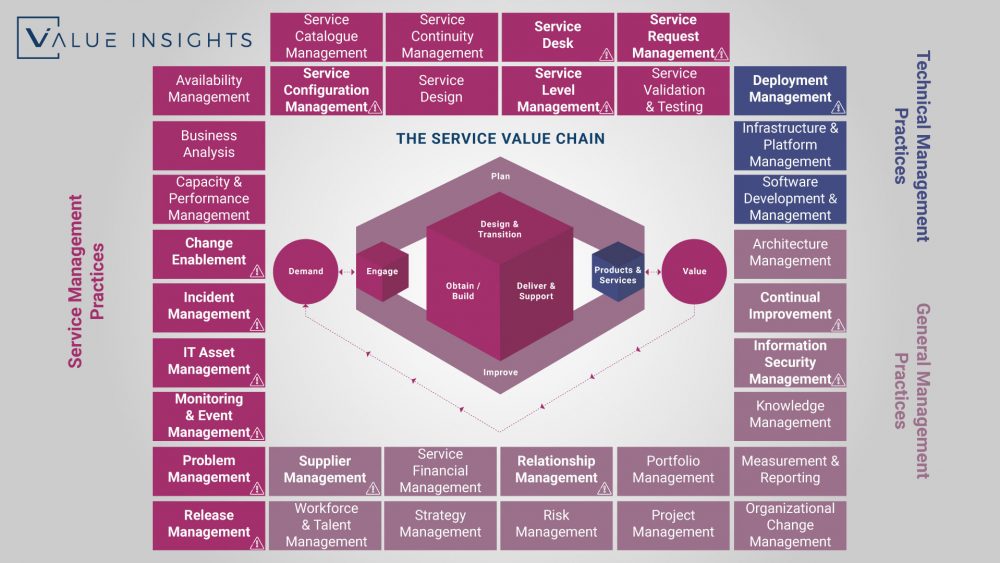 The ITIL 4 Practices Overview 88k views | 1 comment
The ITIL 4 Practices Overview 88k views | 1 comment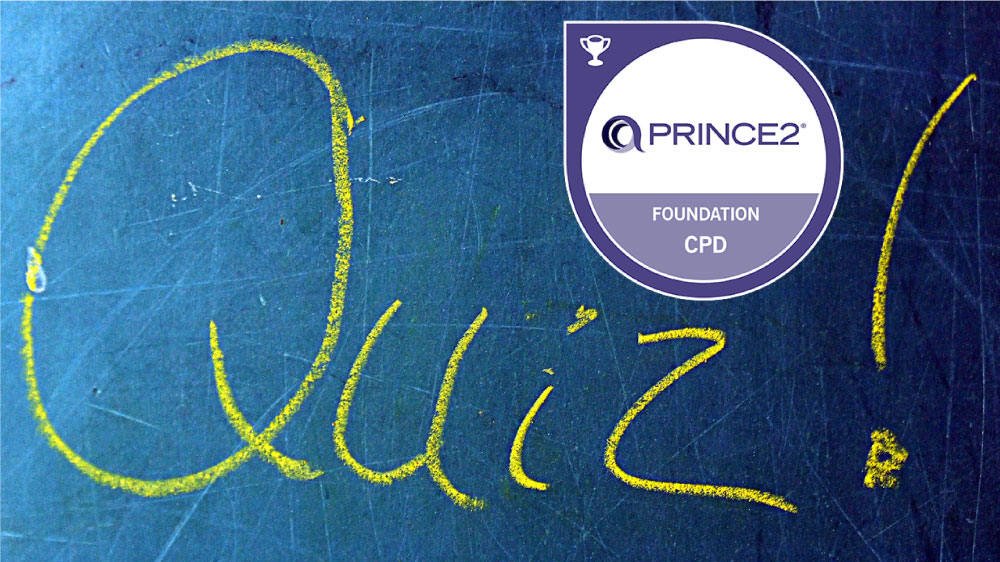 Ready for PRINCE2 Foundation? Check this 40 FREE s... 42.7k views | 24 comments
Ready for PRINCE2 Foundation? Check this 40 FREE s... 42.7k views | 24 comments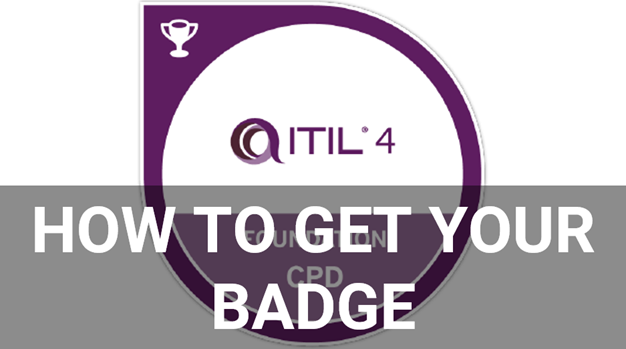 How to get the ITIL 4 Foundation Digital Badge 36.1k views | 11 comments
How to get the ITIL 4 Foundation Digital Badge 36.1k views | 11 comments Are you ready to pass the ITIL®4 Foundation exam?... 35.7k views | 0 comments
Are you ready to pass the ITIL®4 Foundation exam?... 35.7k views | 0 comments







